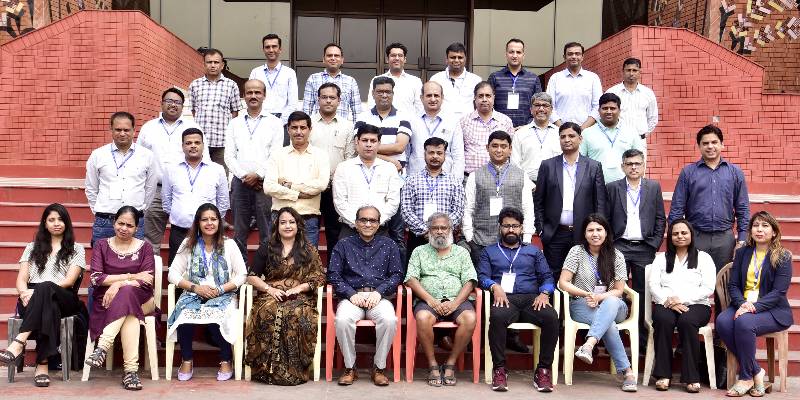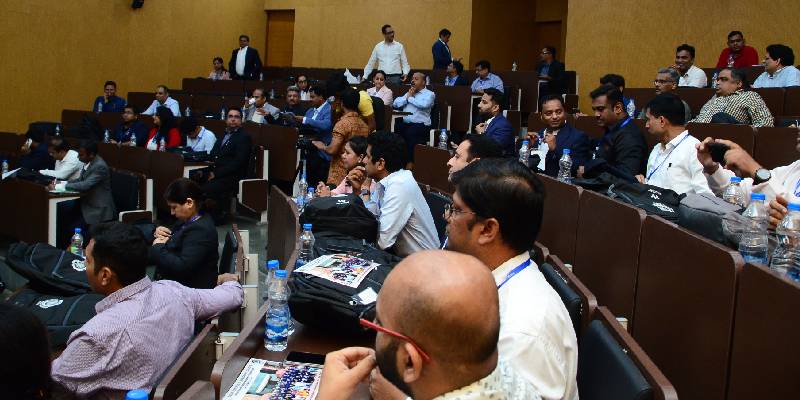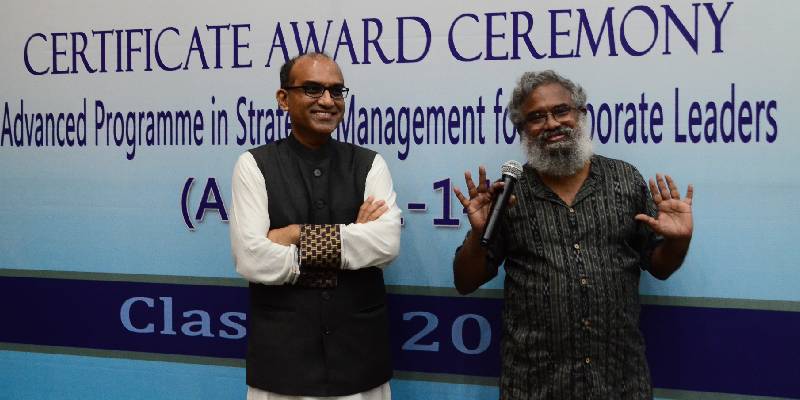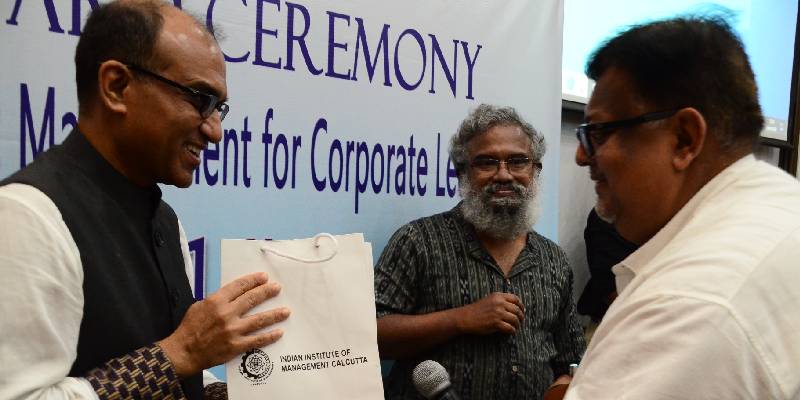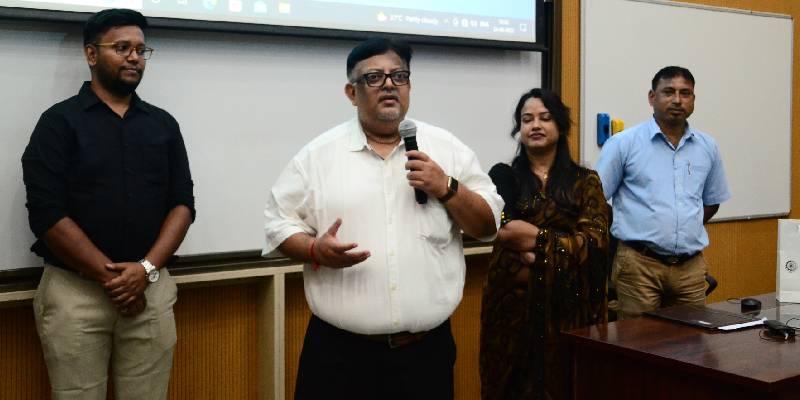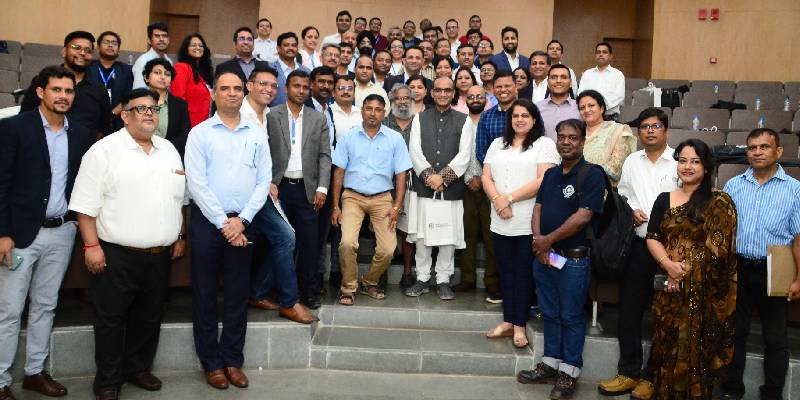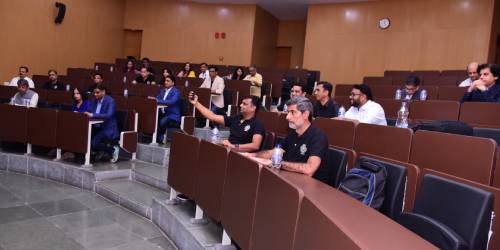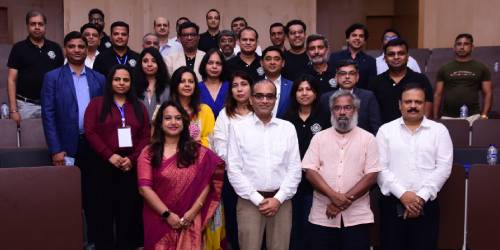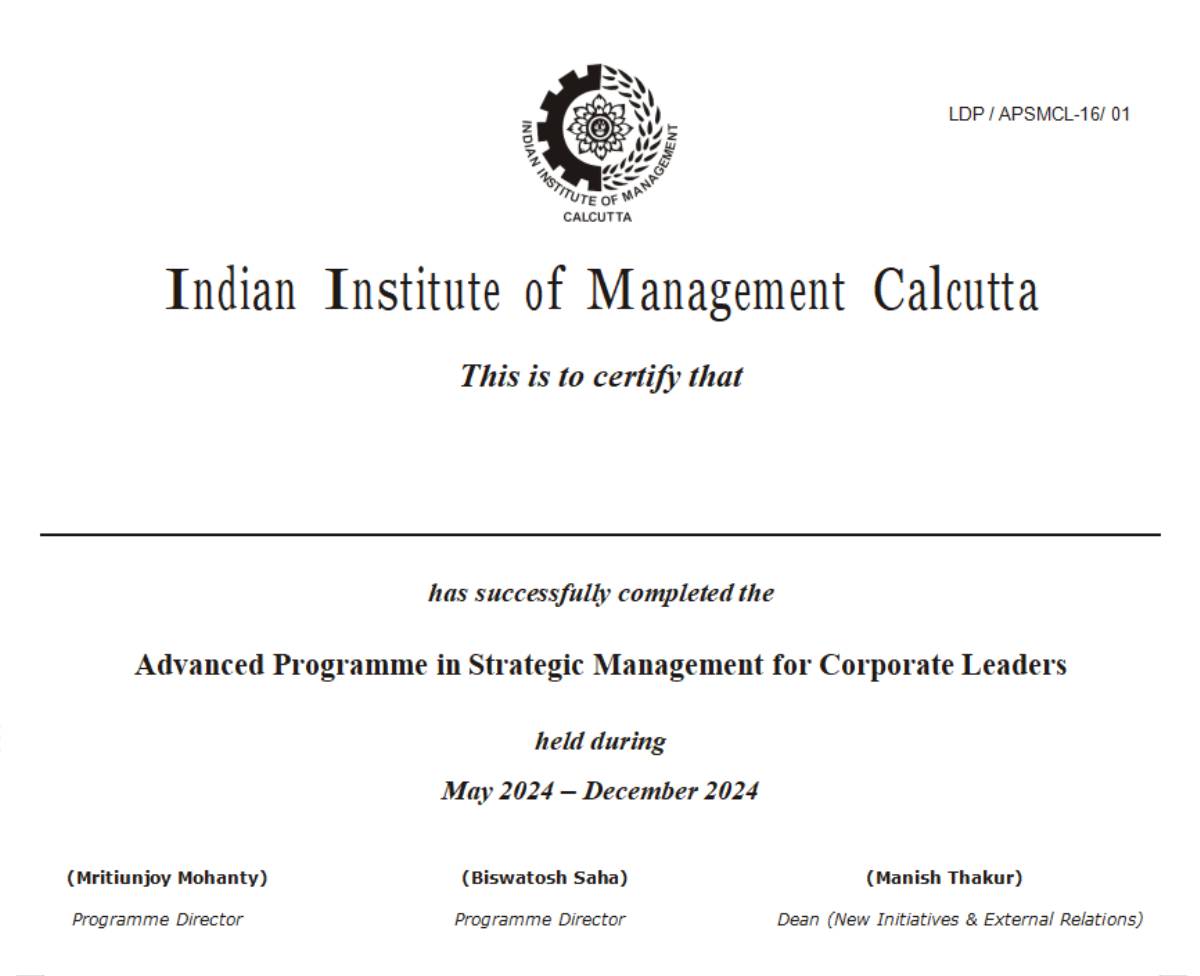Advanced Programme in Strategic Management for Corporate Leaders (APSMCL)


Current business contexts are defined by intense pressures of competition, international exchanges of resources in an uncertain geopolitical order, new concerns about sustainability and an intensification of resource conflicts around the world, technological changes and business and societal disruptions triggered by the use of information technology and massive institutional transitions/transformations such as the new rise of Asian economies. These both frame and challenge a firm’s ambitions of growth requiring them to take risks as they navigate through change.
Strategy is a mode of thinking that leverages the power of individuals, institutions, firms and markets in a cohesive manner to improve the effectiveness of an organization. Hence, we can call it the exercise of power. It is a skill and a craft. Strategy is thus fundamentally about governance. Power can of course be sought for its own sake and therefore crafty strategists in its pursuit may deform and transform business and societal spaces and existing institutions, even while setting ‘new rules of the game’. These require institutional work to be carried out that can embrace the ‘social’ and ‘political’ even as it retains the core concern with the economic calculus of a firm’s strategizing.
Globalization and more intense international flows of resources and ideas are bringing firms that were nurtured in ‘specific historically constructed national institutional settings’, to compete in global markets, all the while as nations militarize and the multi-polar geopolitical order throws up unanticipated events that can disrupt multinational patterns of resource flows rather suddenly. Understanding the institutional setting of rival and/or partner firms so as to better appreciate their strengths and weakness adds an additional layer of complexity to the strategic endeavor in the post-Covid world. Navigating the challenges of global competition therefore requires an appreciation, not only of the strategic moves a firm can make – but more importantly how these relate to and interweave with the broader institutions that frame and define strategic action.
This course therefore presumes that strategic action, of competition or cooperation, always is embedded in societal, institutional and regulatory/governmental contexts. Rather than looking at these as constraints, it helps if one can appreciate how wins can be crafted and power effectively leveraged working within and through these broader institutions, to the benefit of both firm and society.
